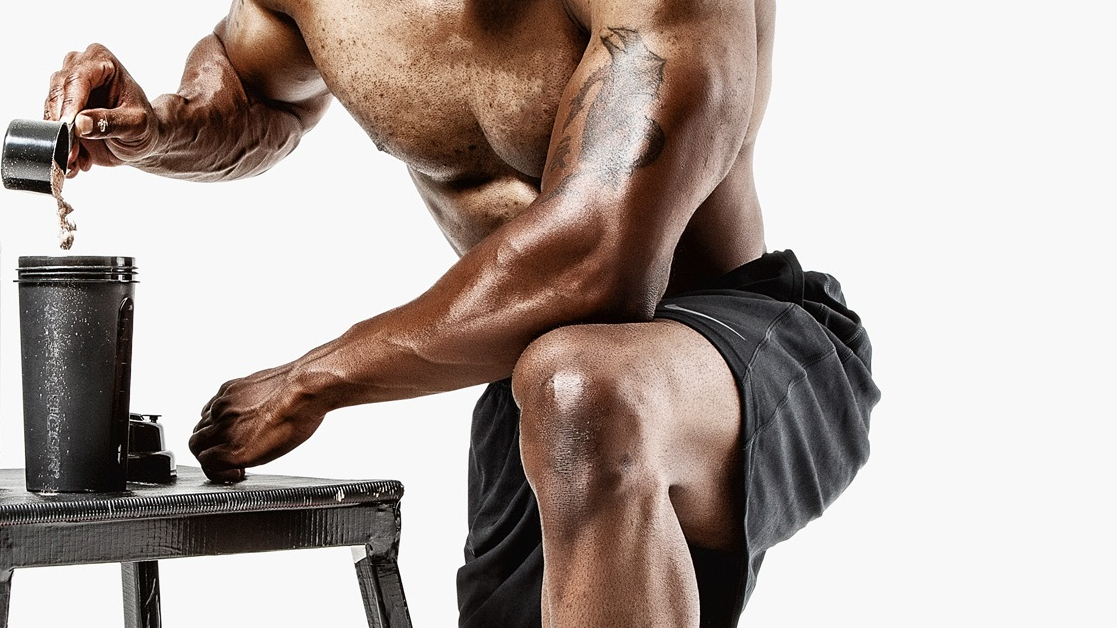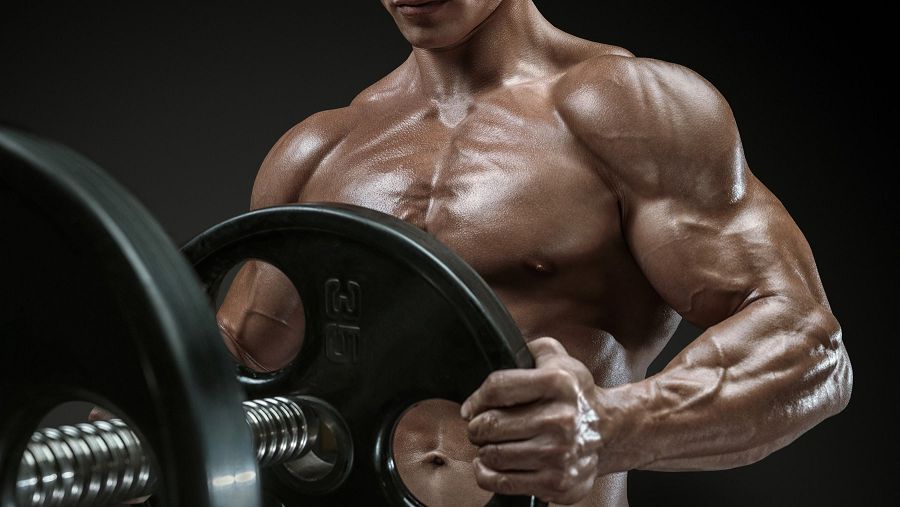
All sports drinks must contain a complex of proteins and energy components that stimulate the process of restoring muscle mass, fat utilization and general metabolism in the body during increased physical exertion. Sports drinks restore the fluid lost by the body as a result of physical activity, and supply it with vitamins and minerals.
All drinks can be divided into hypotonic, isotonic and hypertonic.
Hypotonic-less concentrated, absorbed faster than water or other liquids. They are indicated for rapid replenishment of water reserves in the body during and immediately after classes.
Isotonic drinks are balanced with the fluids inside the body and are also absorbed quickly enough to replenish water reserves after training.
Hypertonic solutions are more concentrated than the liquids contained in the body, so they are absorbed slowly. They are useful for replenishing the energy spent during training, and not for restoring the water balance.
Also, sports drinks are divided according to their purpose into two groups: the first — for use during sports; the second – for use after the end of physical exercises.
Sports drinks for training
This group includes isotonic drinks and isotonic drinks with antioxidants. These drinks are made on sugar; and they contain various complexes of minerals and vitamins.
Most sports drinks contain from 4 to 10% sugar. This concentration of carbohydrates (glucose or sucrose) it helps to increase the absorption into the blood, very close to the rate of water absorption. The latest modern research reveals the mechanism of the process of replenishing the absorption of liquid. It is scientifically proven that at high physical exertion, solutions containing high concentrations of sugar improve performance, increase endurance during prolonged loads (2-3 hours) by supplying working muscles with carbohydrates and preventing depletion of glycogen reserves, maintaining oxygen balance in the blood with the help of antioxidants.

Carotenoids, flavonoids, herbal extracts are widely used as antioxidants in sports drinks. Antioxidants inactivate free radicals — oxygen-containing molecular fragments with extremely high reactivity that initiate the destruction of cell membranes and lead to cell death or degeneration. The aspect of the use of various antioxidants in sports drinks is especially important because of the progressive growth of free radicals during intense physical exertion.
Sports drinks after a workout
Sports drinks of the second group are divided into peptide and glutamine peptides; in addition to carbohydrates, minerals and antioxidants, they include hydrolysates of various plants.
Peptide drinks contain maltodextrins as carbohydrates and are enriched with soy or wheat hydrolysates.
Glutamine peptide drinks contain sucrose as a source of carbohydrates and glutamine peptides in combination with vitamins and minerals.
Drinks of this group are necessary for athletes to quickly restore their physical shape.
Additional functionality of sports drinks is provided by the inclusion of various complexes of minerals, trace elements and vitamins. Minerals and trace elements in combination with vitamins (especially vitamin A, vitamin B group, ascorbic acid, tocopherol, etc.) perform regulatory functions: protein synthesis and connective tissue (zinc); maintaining the hematopoietic function of the body (iron), the nervous system (magnesium, selenium); increasing the immune resistance of the body (selenium).
Sports drinks are undoubtedly useful and unique for high physical training and are specially designed taking into account the physiology of the body of people engaged in sports.
In addition to juices, infusions and decoctions, it is pleasant and useful to quench your thirst with lemonade, mors, julep or kvass. These drinks are quite easy to prepare-especially if you use them in a home bath.

